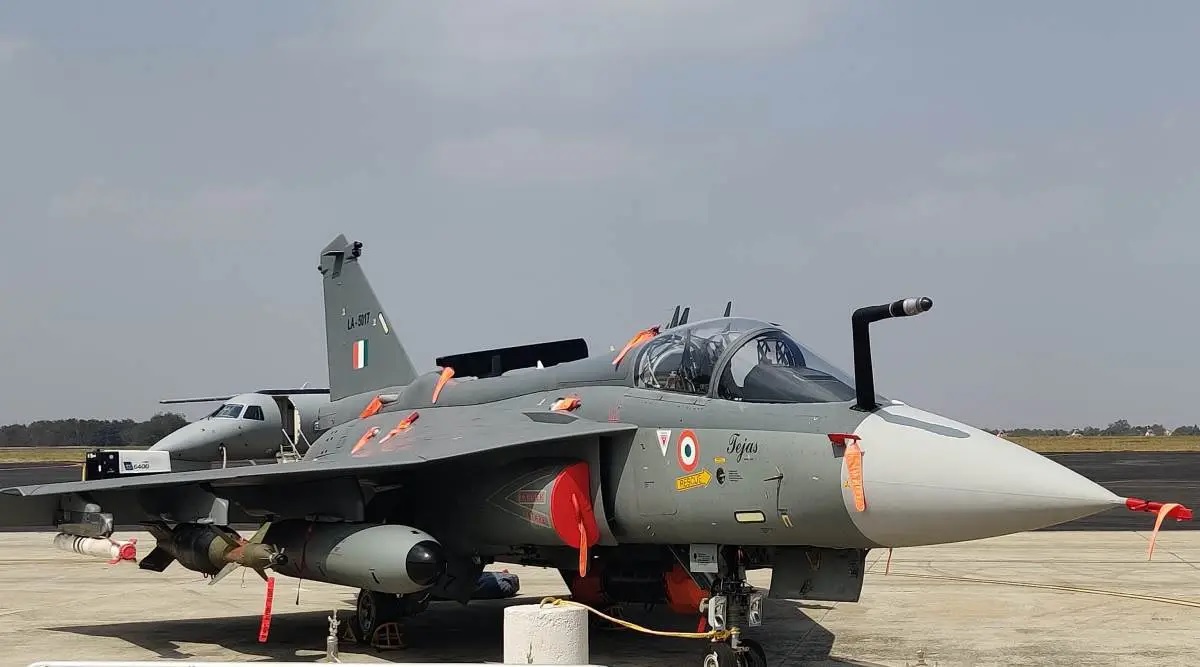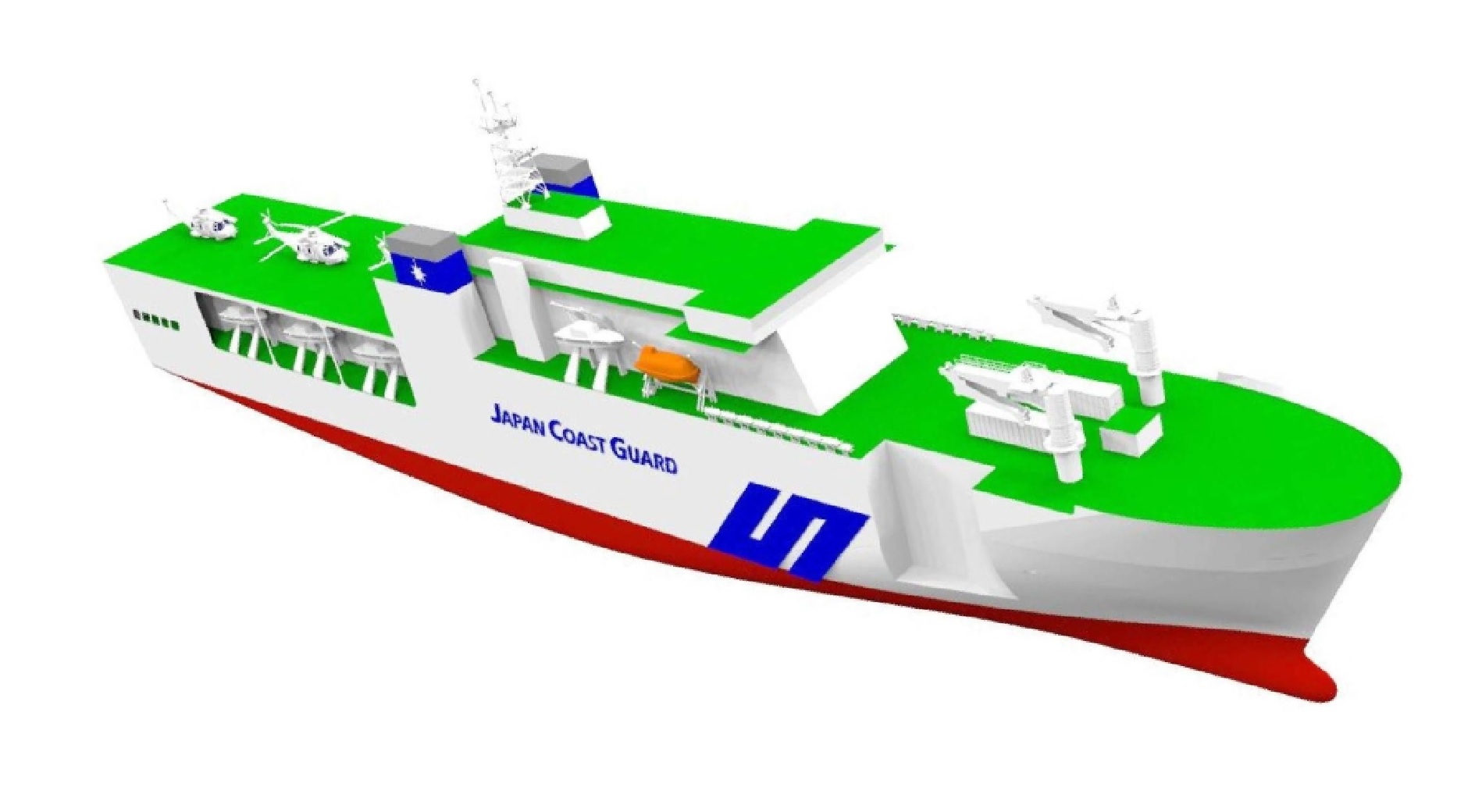HAL to Deliver First Tejas Mk1A Jet to Indian Air Force Next Month, Boosting Fighter Fleet

Hindustan Aeronautics Limited (HAL) is preparing to deliver the first Tejas Mk1A fighter jet to the Indian Air Force (IAF) by the end of next month, a pivotal milestone in India’s indigenous aircraft development program. The Tejas Mk1A, which successfully completed its maiden flight in March 2024, represents a major leap in capability for the IAF as it modernizes its aging fighter fleet.
The Tejas Mk1A, an evolution of the earlier Tejas variants, incorporates several improvements aimed at making it more effective in modern combat scenarios. Among the key enhancements are advanced avionics, updated software systems, and improvements in weapons integration. These advancements are critical to meeting the specific needs of the IAF, which has been working closely with HAL to refine the design and performance of the aircraft.
One of the standout features of the Mk1A variant is its radar system. The jet is equipped with an Active Electronically Scanned Array (AESA) radar, which significantly improves its targeting and surveillance capabilities. AESA radars allow the aircraft to track multiple targets at greater distances with higher precision, a crucial feature in modern air combat. This radar system is a major upgrade from the mechanically scanned radars used in earlier versions of the Tejas.
Another improvement in the Mk1A variant is its Electronic Warfare (EW) suite, which gives the jet enhanced defense capabilities against enemy radar and missile systems. The advanced self-protection system includes radar warning receivers, jammers, and countermeasures dispensers, making the aircraft more survivable in hostile environments.
While this initial batch of Tejas Mk1A jets will be powered by General Electric's F-404 engines, HAL plans to transition to more advanced engines in future batches, potentially boosting the aircraft's speed and thrust. The F-404 engine has been a reliable powerplant, providing solid performance, but the IAF’s long-term vision includes exploring more powerful engines to enhance the jet's combat capabilities.
The IAF is not only receiving one aircraft; this delivery kicks off the fulfillment of a larger contract for 83 Tejas Mk1A jets, which are expected to be delivered in phases over the coming years. The IAF plans to form a new squadron of Tejas Mk1A fighters, with the third squadron likely to be stationed at the Nal Airbase in Rajasthan, close to the Pakistan border. This strategic positioning highlights the importance of the Tejas in reinforcing India’s air defense capabilities in sensitive regions.
The Tejas program, despite some delays in its earlier stages, has gained momentum in recent years. The Mk1A variant’s development has been viewed as a crucial step in ensuring that the IAF has a versatile, modern fighter jet that is not only capable of defensive roles but also offensive air superiority missions. Its relatively lighter weight and advanced avionics make it a nimble yet powerful addition to India’s aerial arsenal.
As HAL prepares to hand over the first jet, it is also working on integrating new software features requested by the IAF, which will further enhance the aircraft’s operational readiness. The delivery marks a positive turn in India’s indigenous defense manufacturing efforts, a critical focus for the nation’s long-term security and self-reliance goals.
With its compact design, advanced radar, and improved survivability systems, the Tejas Mk1A is expected to serve as a backbone for the IAF’s fighter fleet, especially as older aircraft such as the MiG-21 are phased out. As more Tejas Mk1A jets are inducted into service, the IAF’s ability to respond to evolving threats and maintain aerial superiority will be significantly bolstered.
The delivery of the first Tejas Mk1A not only underscores HAL’s manufacturing capabilities but also signals India’s growing confidence in its ability to design and produce world-class military hardware. As the aircraft enters service, it will play a critical role in enhancing the IAF’s operational capabilities and supporting India's defense strategy in the coming years.


